8 Reasons to Opt for Managed SIEM for Your Business

In today’s rapidly evolving cybersecurity landscape, businesses face an ever-growing number of threats. From sophisticated malware attacks to data breaches, staying ahead of cybercriminals can feel like a daunting task. One essential tool in defending your organization is a Security Information and Event Management (SIEM) system. However, as nearly all of our clients who have […]
6 Best SIEM Tools for Effective Cybersecurity Management

After the U.S. Census Bureau revealed that the percentage of people working from home tripled in the early 2020s, many companies wanted to ensure their workers had secure online access. Alongside the increasing complexity of cybersecurity threats worldwide, SIEM solutions may be the most critical technology available to your business. However, with so many options […]
Traditional SIEM vs. Next-Generation SIEM
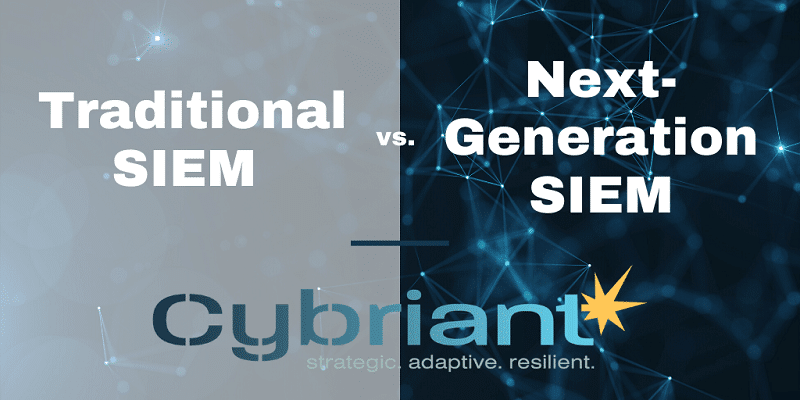
We often think of the SIEM of the “brain” of the IT network environment, but with news around “next-generation” SIEM, how can a next-gen SIEM improve the benefits and results for your IT security strategy?
Outsourcing Your AlienVault USM Anywhere

Many organizations use AlienVault USM Anywhere because it’s no longer a matter of IF, but WHEN you will be attacked. While this is a great tool, what if you want to outsource the monitoring of your AlienVault USM Anywhere? Find out how Cybriant can help.
How Does a SIEM Work?
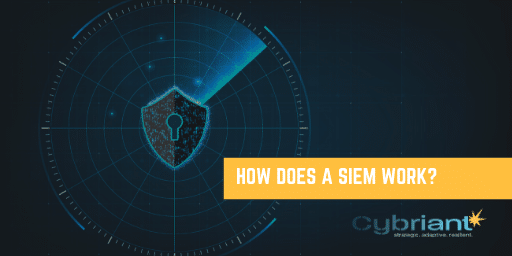
How does a SIEM work? You probably know that many organizations utilize a SIEM for compliance and security monitoring reasons. But how does it work? Read on to learn more about the inner workings of a SIEM.
WAIT! Ask These Questions Before Purchasing a SIEM
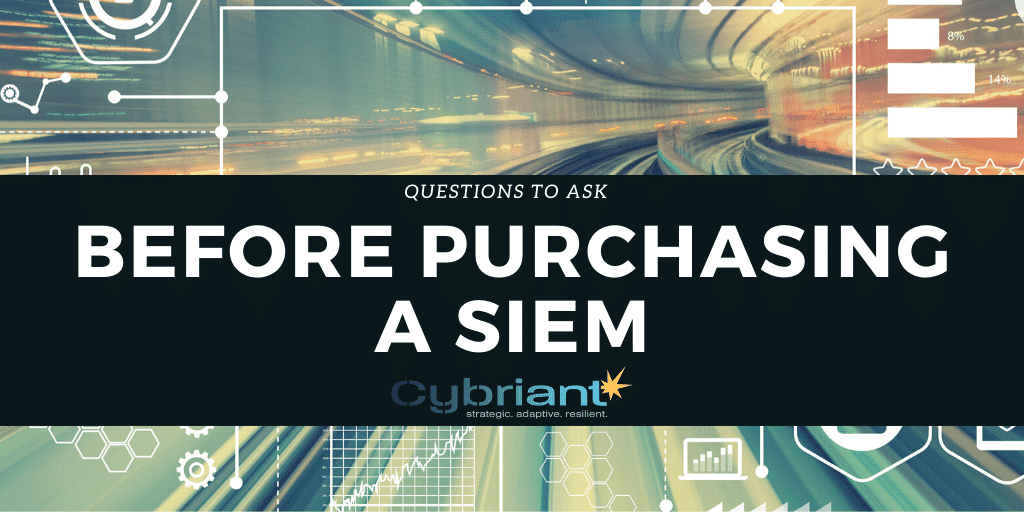
Are you considering purchasing a SIEM? Here are the top questions to ask to help you the make the best decision for your organization.
9 Unique Reasons to Outsource Cyber Security Monitoring
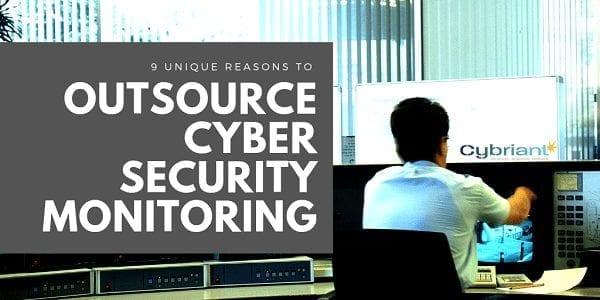
Here are 9 unique reasons to outsource cyber security monitoring to help make it a priority. Keeping your business data safe should be the first and foremost concern for all businesses now.
The Ultimate Guide to Network Security Threats

Network security threats are here to stay. Read more to learn about the enemy and how to be prepared for these network security threats.
SIEM SOC: Your SIEM and Our SOC Working Together as One
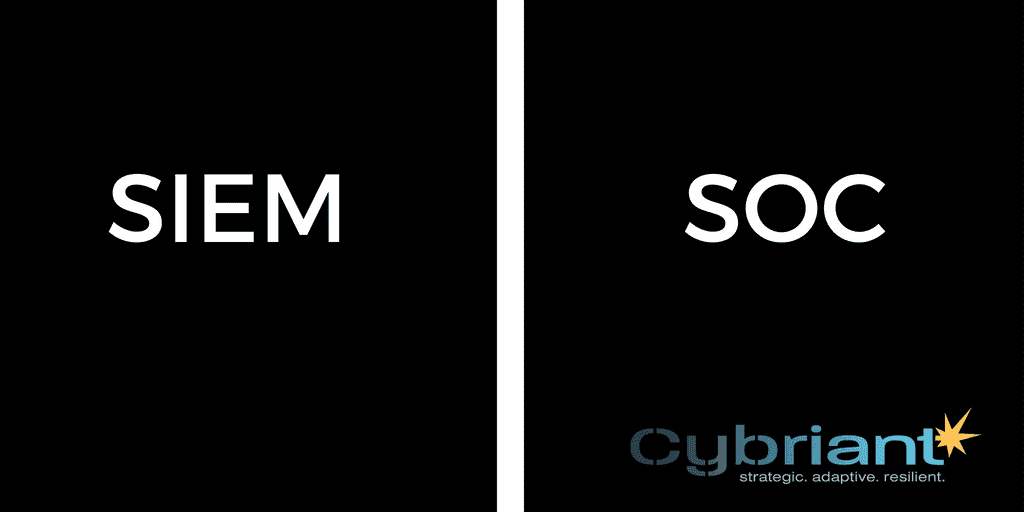
If you are searching for a SIEM SOC – check out how you can use your SIEM and our SOC to get the best results. You’ll reduce your threat landscape in no time.
5 SIEM Challenges that Cause the Most Stress

Are you experiences any of these SIEM challenges? We get it. We see these every day and we are here to help. Do you agree…

